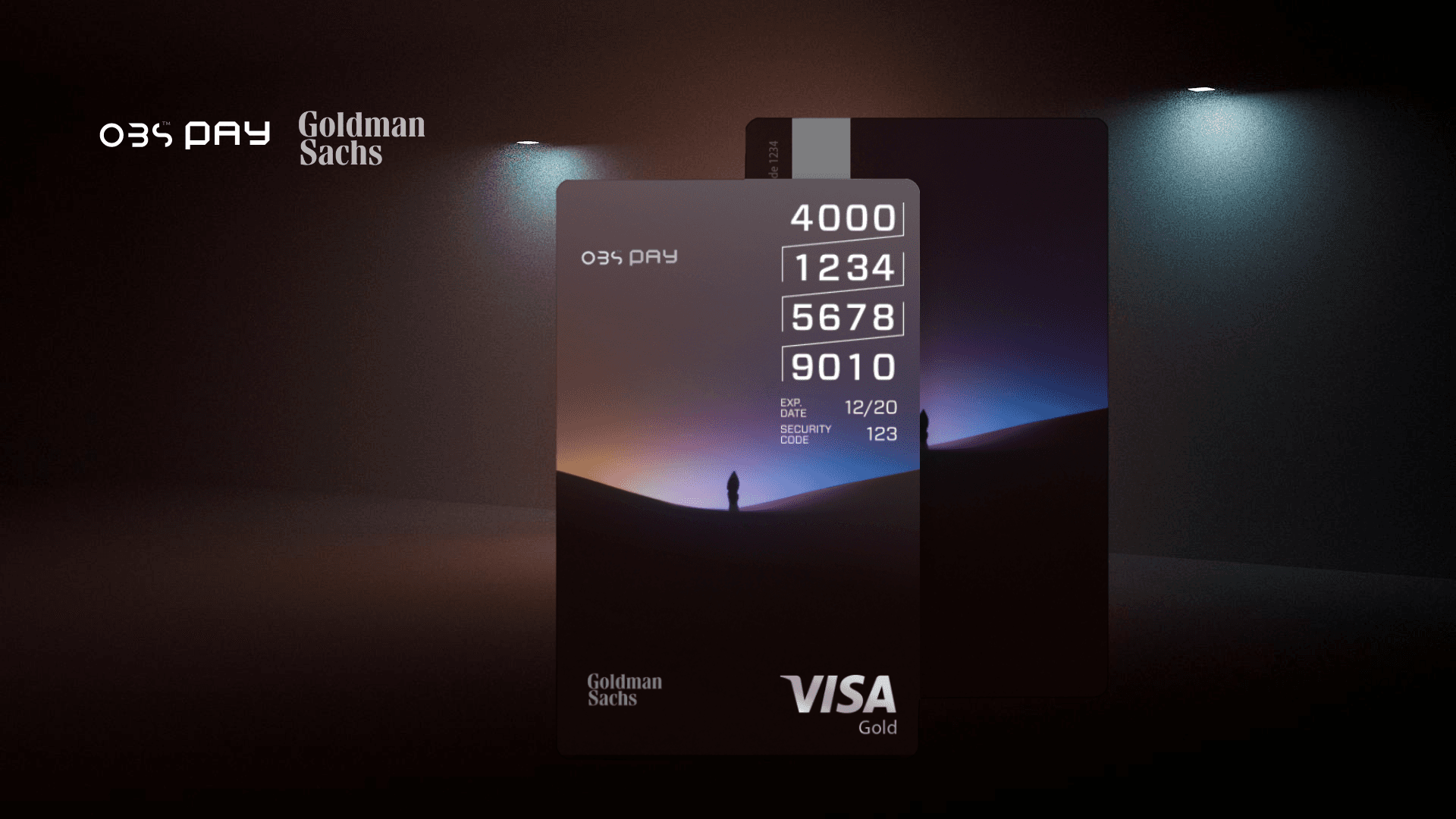In an era of rapidly advancing technology, securing sensitive information, especially during financial transactions, has never been more crucial. As quantum computing continues to evolve, it threatens to upend traditional encryption methods, pushing the need for more advanced cryptographic solutions. One such solution is quantum information cryptography, which leverages the principles of quantum mechanics to offer unbreakable security.
At OBS Group Inc., we are taking a pioneering step by integrating quantum information cryptography into our payment system—OBS Pay—to provide cutting-edge security for user authentication before payment. This system, embedded into each OBS Pay card and accessible through the OBS ONE app, is designed to protect users from evolving threats while ensuring convenience and usability.
This blog post will explore how we’re developing a quantum information cryptographic protocol, its importance in user authentication, and its integration into the OBS Pay card and OBS ONE app.
The Quantum Threat to Traditional Cryptography
Conventional encryption protocols, like RSA or AES, rely on the complexity of factoring large numbers or solving discrete logarithm problems. While secure with current computing power, these protocols are vulnerable to attacks from quantum computers, which can solve these problems exponentially faster. Shor’s algorithm, for example, can break widely-used encryption methods in a matter of seconds using a sufficiently powerful quantum computer.
As quantum computing matures, existing cryptographic protocols will no longer be viable. This threat has spurred an interest in quantum-safe cryptography, which can resist both classical and quantum attacks. One of the most promising approaches is quantum key distribution (QKD), a method that uses quantum bits (qubits) to securely exchange cryptographic keys.
Introducing Quantum Information Cryptography in OBS Pay
The OBS Pay system integrates a unique quantum information cryptographic protocol for user authentication. This protocol is designed to provide the highest level of security while maintaining user convenience. Here’s how it works:
1. Quantum Key Distribution (QKD) for Authentication
The core of the OBS Pay authentication system is QKD, which ensures secure communication between the user, the OBS Pay card, and the payment processing network.
Quantum bits (qubits) are used to generate and distribute cryptographic keys.
Any attempt to intercept or tamper with the key distribution process will disturb the qubits' quantum state, alerting the system to a potential attack.
Once the keys are securely exchanged, they can be used to authenticate the user and initiate the transaction.
The advantage of QKD is that it offers information-theoretic security—it’s impossible to intercept the keys without being detected, as dictated by the principles of quantum mechanics.
2. Quantum-Based Identity Verification
Before any payment is processed through OBS Pay, the user must first authenticate their identity. This step incorporates quantum cryptography to verify the user’s identity without exposing sensitive information.
The OBS Pay card contains an embedded quantum chip that generates a unique quantum signature for each transaction.
This signature is verified by the payment network using quantum-secure algorithms, ensuring that the user’s identity is authenticated without relying on passwords or PINs, which can be vulnerable to hacking.
3. Quantum Safe Digital Signatures
In addition to QKD and identity verification, quantum-safe digital signatures are used to authenticate transactions. These signatures leverage lattice-based cryptography, which is resistant to attacks from both classical and quantum computers.
When a user initiates a transaction via the OBS ONE app or OBS Pay card, a quantum-safe digital signature is generated and sent to the payment processing network. This ensures that the transaction is authentic and has not been altered during transmission.
Integration with OBS Pay and OBS ONE App
Our quantum information cryptographic protocol is seamlessly integrated into the OBS Pay card and the OBS ONE app, ensuring that users experience the highest level of security without sacrificing usability.
1. OBS Pay Card with Embedded Quantum Chip
Each OBS Pay card is equipped with a quantum chip, which handles all cryptographic operations. This chip generates quantum keys, produces quantum-safe signatures, and ensures that user authentication is secure.
The quantum chip is tamper-resistant, making it virtually impossible for attackers to extract sensitive information.
Each transaction is authenticated using quantum-derived credentials, ensuring that no two transactions are alike and that unauthorized parties cannot replicate the user’s credentials.
2. OBS ONE App for Secure Mobile Transactions
The OBS ONE app allows users to manage their payments and authenticate transactions from their smartphones. The app is designed to integrate seamlessly with the quantum cryptographic protocol.
When a user initiates a payment, the app communicates with the quantum chip in the OBS Pay card to generate the required quantum key and digital signature.
The app’s interface remains user-friendly while leveraging the power of quantum cryptography behind the scenes, ensuring that users can authenticate transactions with minimal steps.
3. Multi-Device Support
For users who wish to authenticate payments from multiple devices, OBS Pay’s protocol supports multi-device integration. This feature uses quantum entanglement to securely link multiple devices, ensuring that all transactions are authenticated through a unified cryptographic framework.
For example, a user can authenticate a payment from their smartphone while approving the transaction on their tablet or laptop, with each device securely connected to the quantum-based authentication system.
Benefits of Quantum Information Cryptography for Payment Security
The adoption of quantum information cryptography in OBS Pay provides several critical advantages:
1. Unparalleled Security
Quantum cryptography offers provably secure methods for exchanging keys and authenticating users. Traditional cryptographic attacks, including those from future quantum computers, cannot break quantum protocols.
2. Tamper-Resistant Transactions
The use of quantum mechanics makes it impossible for attackers to intercept or modify the keys and digital signatures used for authentication. Any attempt to tamper with the transaction will result in immediate detection.
3. User Convenience
Despite the sophisticated technology, the user experience remains intuitive and straightforward. OBS Pay users can authenticate payments with a simple tap or scan, without needing to remember passwords or worry about traditional forms of identity theft.
4. Future-Proof
By adopting quantum information cryptography now, OBS Pay is ready for the post-quantum era, ensuring that users’ financial information remains secure even as quantum computers become more powerful.
The Future of Payments: Quantum Security at Scale
As quantum technology continues to advance, integrating quantum cryptographic protocols into payment systems like OBS Pay is the next logical step for ensuring long-term security. By embedding these advanced cryptographic methods into the OBS Pay card and making them accessible through the OBS ONE app, we’re offering users peace of mind with every transaction.
OBS Group Inc. is proud to lead the charge in quantum-secure payment solutions, ensuring that our users are protected against the evolving landscape of cyber threats. We believe that quantum information cryptography represents the future of secure payments, and we’re committed to expanding this technology to further enhance our payment systems.
In a world where data breaches and hacking attempts are growing in sophistication, OBS Pay provides a quantum-secure, user-friendly solution that sets the standard for the future of digital transactions.
Conclusion
The integration of quantum information cryptographic protocols into OBS Pay offers a transformative leap in payment security. By leveraging the unique properties of quantum mechanics, we ensure that user authentication is not only secure today but also resilient against future quantum attacks. Embedded within each OBS Pay card and accessible through the OBS ONE app, this system represents the cutting edge of cryptographic innovation.
Stay tuned as we continue to develop and enhance our quantum security protocols, ensuring that OBS Pay remains the most secure payment solution available. With quantum cryptography on our side, the future of payments is safer than ever.

Dr. Casius Lupin
Senior Researcher, OBS Machine Intelligence Research Division
Footnotes
Shor's Algorithm – Shor’s algorithm is a quantum algorithm that solves integer factorization exponentially faster than classical algorithms. This makes it a significant threat to widely used public-key encryption schemes such as RSA.
Quantum Key Distribution (QKD) – QKD enables secure communication by using quantum properties to generate a shared secret key, where any eavesdropping attempt disturbs the system, alerting users to the breach.
Lattice-Based Cryptography – A form of post-quantum cryptography based on the hardness of lattice problems, which are believed to be resistant to quantum attacks, providing long-term security in a quantum computing era.
Quantum Entanglement – A physical phenomenon in quantum mechanics where pairs of particles are linked, so the state of one directly influences the state of the other, regardless of the distance between them. This principle can be applied for secure multi-device authentication.
References
Bennett, C. H., & Brassard, G. (1984). Quantum cryptography: Public key distribution and coin tossing. Proceedings of IEEE International Conference on Computers, Systems, and Signal Processing.
Shor, P. W. (1994). Algorithms for quantum computation: Discrete logarithms and factoring. Proceedings of the 35th Annual Symposium on Foundations of Computer Science.
Mosca, M. (2018). Cybersecurity in an era with quantum computers: Will we be ready? IEEE Security & Privacy, 16(5), 38-41.
Peikert, C. (2016). A decade of lattice cryptography. Foundations and Trends in Theoretical Computer Science, 10(4), 283-424.
Gisin, N., Ribordy, G., Tittel, W., & Zbinden, H. (2002). Quantum cryptography. Reviews of Modern Physics, 74(1), 145-195.
Andersen, U. L., Diamanti, E., Leverrier, A., & Sanders, B. C. (2020). Continuous-variable quantum information processing. Nature Reviews Physics, 2(10), 507-520.





